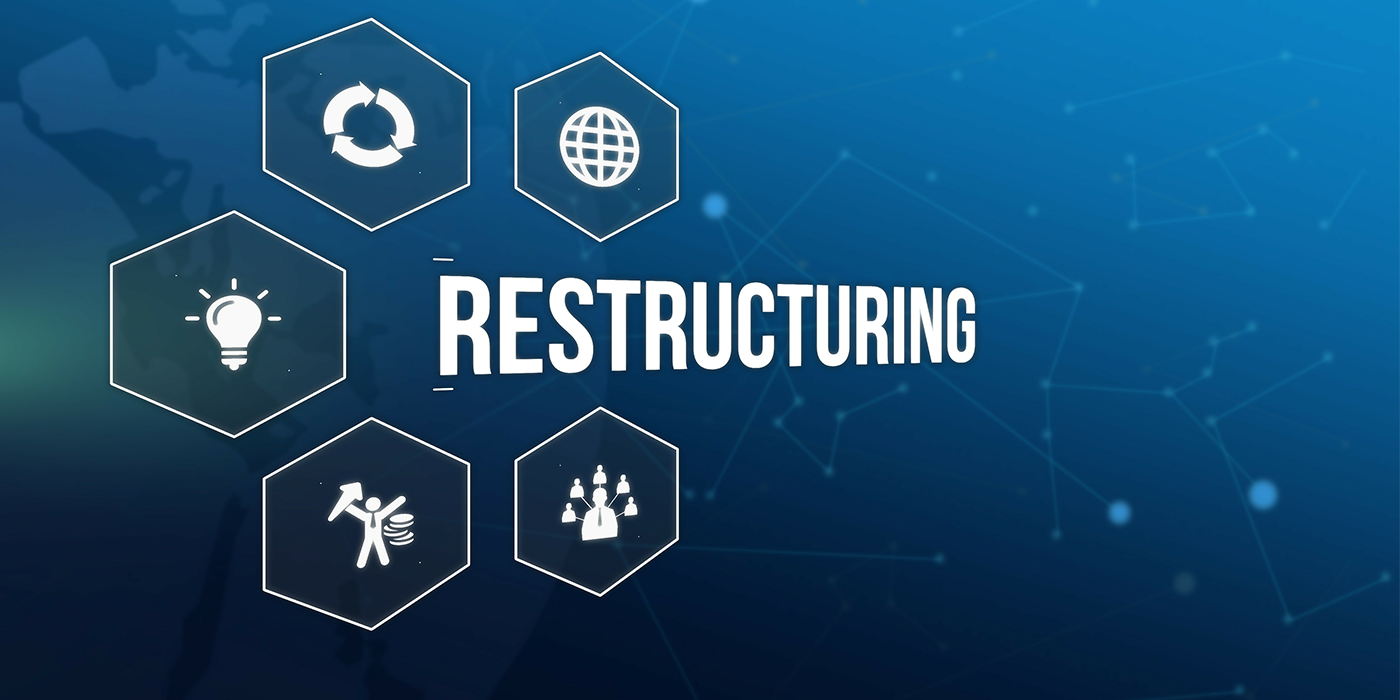As I teach all of my clients, effectively improving an organization’s sales and customer service effort should begin with an honest evaluation of the company’s current performance to establish a baseline from which improvements can be addressed and measured.
One of the best ways to clearly gauge current performance is to perform a SWOT analysis.
As a strategic-planning management tool, a SWOT analysis evaluates the four areas represented by the letters of the name:
S = Strengths
W = Weaknesses
O = Opportunities
T = Threats
Many businesses will only have the senior executives participate in a SWOT analysis process. While that can be worthwhile for an operational analysis, a SWOT efforts focused on sales and customer service should absolutely involve all employees that regularly interface with customers. These staff members have first-hand knowledge of the company’s strengths and weaknesses and can provide valuable insight as to what is happening at the critical point-of-sale on a day-to-day basis.
The SWOT analysis process is straight-forward – objectively consider each of those four key areas. In addition, think about what the customer’s perspective might be in each of those areas, and consider how what you do aligns with that outlook.
Strengths:
What sales/customer service strengths exist in your business now? To help determine this, focus on the perspective of what customers and the market  (competitors, the industry) consider as your dealership’s primary sales/customer service strengths.
(competitors, the industry) consider as your dealership’s primary sales/customer service strengths.
In addition, you should determine what competitive differentiators exist. These are areas where your organization is unique (faster, better, more cost-effective) than the competition where potential customers may also shop.
Top strengths typically include:
• People/Staff
• Reputation
• Longevity in Market
• Customer Service
• Product Availability
• Product/Service Knowledge
• Trustworthiness
Customer Perspective:
“I am the greatest strength in your organization for without me there is no business to be had. If you take really good care of me I will help your business thrive and grow. If you don’t, I’ll be more than willing to take my business to one of your competitors that will.”
Weaknesses:
What sales/customer service weaknesses exist in your business now? It’s critical to be honest in assessing this area. Again, focus should be from the viewpoint of what customers and the market consider as your organization’s primary customer service short-comings. These are your competitive disadvantages.
Top weaknesses typically include:
• Weak Performing Employees
• Employee Turnover
• Communication and Phone Skills
• Lack of Professional Systems/Processes
• Interface Between Service and Sales Teams
• Quick to Discount to Save Sale
• Inconsistency
Customer Perspective:
“I prefer to do business with a strong organization and your weaknesses are damaging my confidence. It only takes one weak performance for me to reconsider alternatives for my future needs. If I’m merely satisfied by your service, I’ll swiftly depart as soon as I find someone who exceeds them.”
Opportunities:
What sales/customer service opportunities exist in your dealership now? Remember that opportunities are potential future strengths. What opportunities does your company have to use its strengths to increase sales and marketshare? How does your strategy address capturing these opportunities?
Top opportunities typically include:
• Recruiting/Attracting Quality Employees
• Improving Sales/Customer Service Skills
• Exceeding Customer Expectations
• Improving Corporate Culture
• Institutionalizing Processes to Create Consistency
Customer Perspective:
“I can be the greatest opportunity in your organization. I cost far less to keep than it does for you to secure a new customer. But you must truly value me and consistently demonstrate your value to me through your actions. If you’re effective, your opportunity extends beyond just me and I’ll be sure to tell my friends and family how well I’ve been treated. If you fail, I will become one of your competitor’s opportunities and I will make sure to let friends and family know.”
Threats:
What sales/customer service threats exist? Threats are potential future weaknesses, and these can be external or internal in nature. What threats from competitors and/or the market does your dealership face? What internal issues or forces are creating threats? What are the consequences if your customer service effort does not effectively combat these threats?
Top threats typically include:
• Increased Competition (Live or online)
• Poor Customer Service
• Losing Good Employees
• Carrying Poor Employees
• Losing Customers
• Online Customer Comments
• Complacency
Customer Perspective:
“I can be the greatest threat in your organization. I have plenty of alternatives for tires and vehicle services. If I feel undervalued, I will leave for somewhere I feel valued. If you’re trying to sell me with your best interest in mind, I’ll take my business to someone with my best interest in mind. If you cannot resolve a concern/problem to my satisfaction not only will you lose my business but I will tell my friends and family not to do business with you.”
Action Plan
There’s a popular quote, a goal without a plan is just a wish. This view certainly applies here and there’s no sense in conducting a SWOT analysis unless you plan to take deliberate action with your findings.
Many SWOT analysis end up being nothing more than a bunch of “findings” as the partaking business fails at this last critical step of creating a clear action plan.
‘Big Picture’ Objectives
Strengths need to be effectively maintained, built upon and maximized. Weaknesses need to be effectively remedied or eliminated. Opportunities need to be effectively prioritized and optimized. Threats need to be effectively countered or minimized.
Having worked with dozens of tire dealers, I recommend these steps to successfully develop your action plan:
1) Review each area of your SWOT matrix and prioritize your findings into two lists: one that is short-term with issues you plan to address within the next six months and one of issues that will require six months or more to resolve.
2) Set the specific actions you will take to achieve the objectives. This will take some brain-storming and strategic thinking and should be the longest part of your planning process. Remember the “action” part of the action plan matters most so don’t rush this step.
3) Attach a time frame to each of the objectives with specific benchmark dates to check on your progress along the way. Shorter round-table meetings should be planned in accordance with these dates.
4) Assign an employee or employees to be in charge of each action area. This is another major reasons SWOT analysis fail; everyone has good intentions but no one ‘owns’ anything so ultimately little gets accomplished.
Follow these steps, and keep the customers perspective in mind at all times, and you will have a successful action plan to increase your sales and customer service efforts.
Steve Ferrante, CEO of Sale Away LLC, produces sales and customer service training programs for tire dealers. He can be reached at [email protected] or 866-721-6086 ext. 701.













